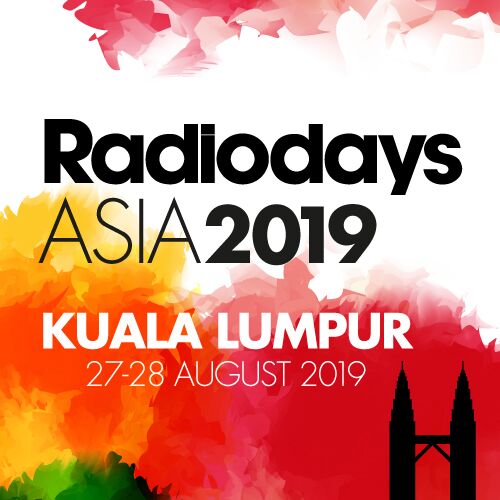While all countries in South-East Asia have seen an increase in consumers across all media platforms as technology and infrastructure have improved over the last decade, it’s notable that the countries seeing the bigger audience figures are the larger, more developed ones. It is, however, to be noted that a number of countries in the Asia-Pacific region have state-run broadcasters with little or no commercial stations. MALAYSIA & SINGAPORE Malaysia and Singapore both have an extensive selection of stations in numerous languages, reflecting the multi-cultural histories of both nations that have led to people of Indian, Tamil and Chinese heritages living alongside one another. Thanks to the large ex-pat communities in both, as well as strong international business centres, there’s also a noticeable rise in the popularity of English-language stations and programmes. In Singapore, state-owned Mediacorp is the top radio network, according to Nielsen Radio Diary Survey, and it has 11 radio brands. Four of the most listened-to radio stations in Singapore are from the media conglomerate, while eight of its stations continue to be among the top 10 most-listened to. Their content, while state monitored, includes magazine-style pieces, popular international and domestic music, and interviews, as well as cultural affairs and news. Malaysia, on the other hand, has a mix of private and government-owned stations, and the content is similar to that of Singapore’s stations. THAILAND In Thailand, stations are run by a variety of government agencies, while some are leased out to private content providers. Again, a large ex-pat community has led to popular English-language stations gaining traction, such as Fabulous103FM in Pattaya, which often has well-known English DJs. Phuket FM is the oldest English Language radio station in Phuket, operating for 11 years. Community radio stations operated with low-power transmitters have proliferated in the last few years, offering listeners an alternative to the government-controlled stations. Most of the stations offer a mix of news, music and lifestyle programmes, with Thai and International love songs being particularly popular. In 2014 the military government shut down most stations, which have since progressively have returned to air, but are still restricted, which can be enforced by Article 44 of military rule. Defamation laws, particularly relating to the royal family, also affect reporting of some topics. VIETNAM In Vietnam, the Voice of Vietnam is the country’s national radio broadcaster, which says it “strives to offer diverse, high-quality programming and in every aspect of mass media”. Programming includes news, politics, science and education, as well as music to appeal to the younger audience. In 2004, it was estimated that VOV programs reached more than 90% of all households in Vietnam. There is also the Voice of Ho Chi Minh City and the Voice of Hanoi, servicing the south and north of the country respectively. Various provinces have their own stations, too, but these are on a very small scale. CAMBODIA After years of being run by Communist governments, the Cambodian media sector has become one of Southeast Asia’s liveliest and most free. Cambodia has the youngest population in Southeast Asia, with up to 30 percent of its 14.7 million people being between 15 and 30 years of age. Therefore, its media sector is vibrant and largely unregulated. This situation has led to the establishment of numerous radio, television and print-media outlets. Many private sector companies have moved into the media sector – a significant change from years of state-run broadcasting and publishing. However, here, radio is still behind TV in terms of use, although listening to the radio via mobile phone is popular with the younger audience. The most popular radio stations Cambodians listen to are ABC Kampuchea and Radio Free Asia. Other popular channels included FM 104.5 and WMC Radio, which is targeted specifically at women. The capital Phnom Penh’s first dedicated music station, NRG 89 fm broadcasts 24 hours a day. Find out more about Indonesia in our special feature article – Radiodays Asia on Indonesia New Conferenc – Radiodays Asia, 27-28 August 2019


